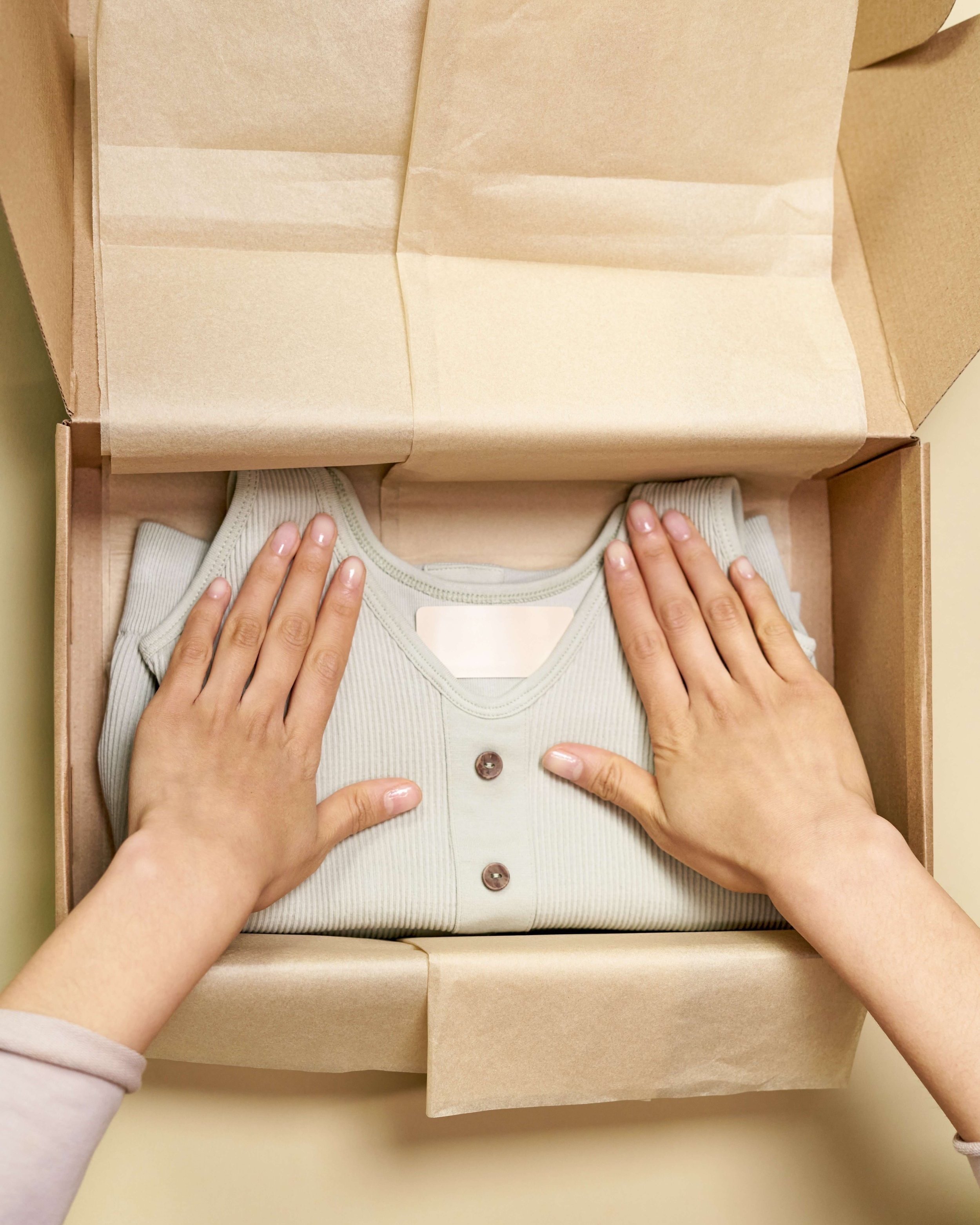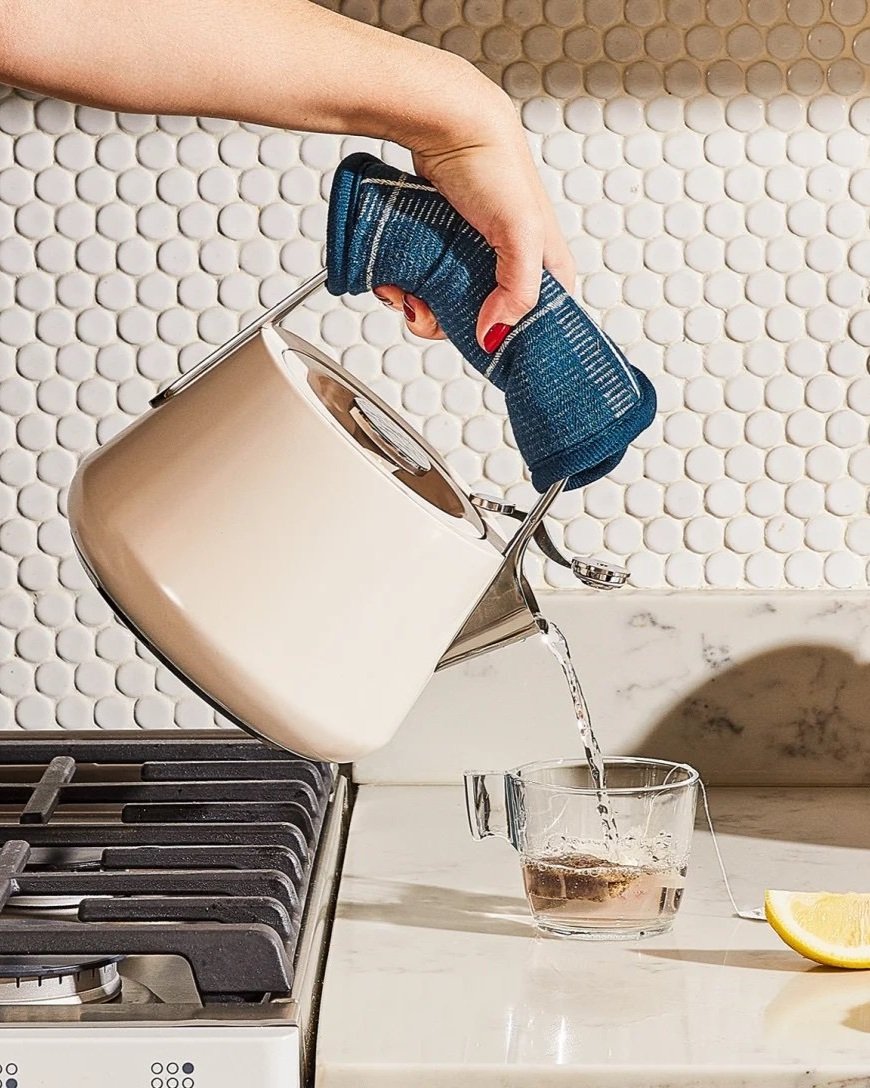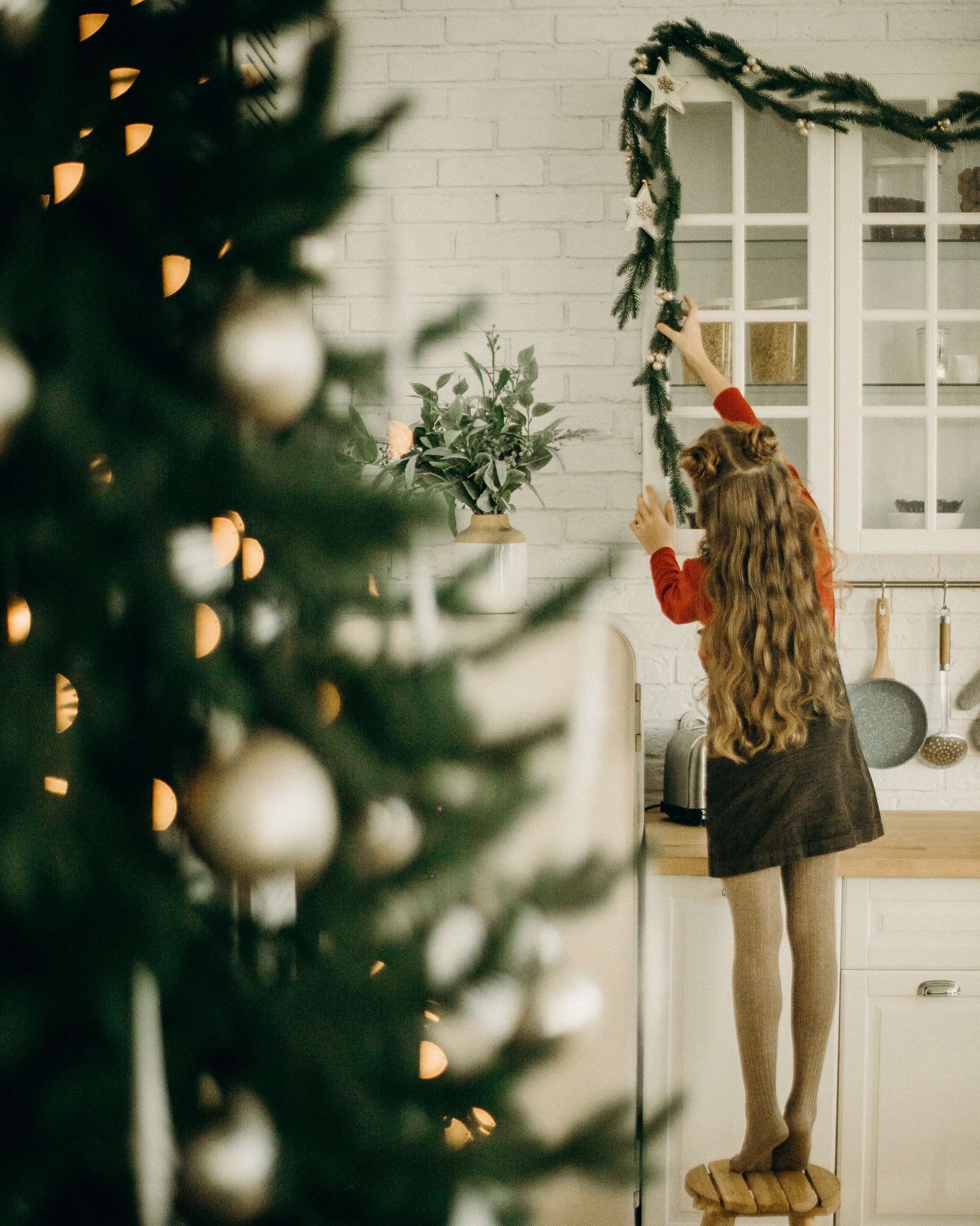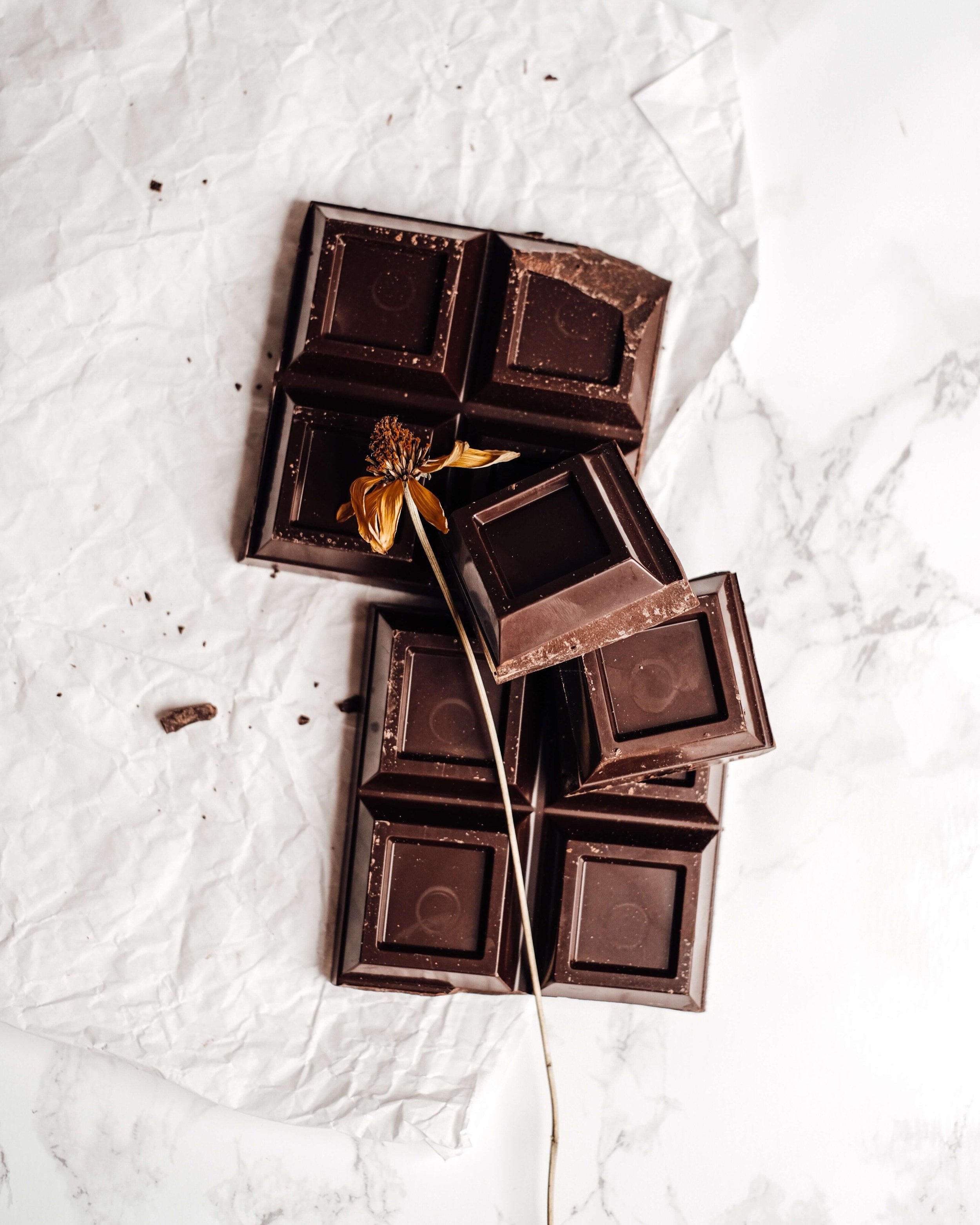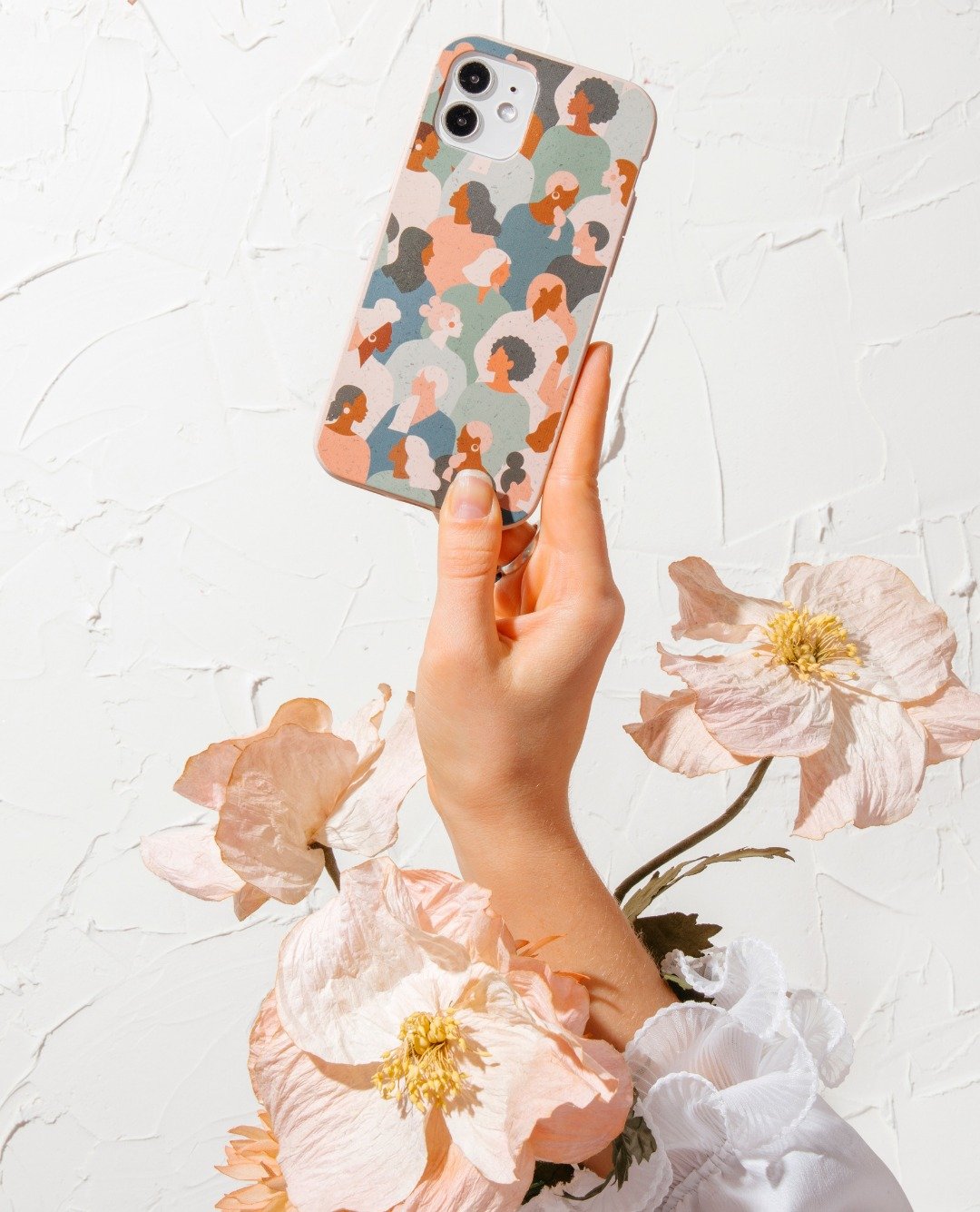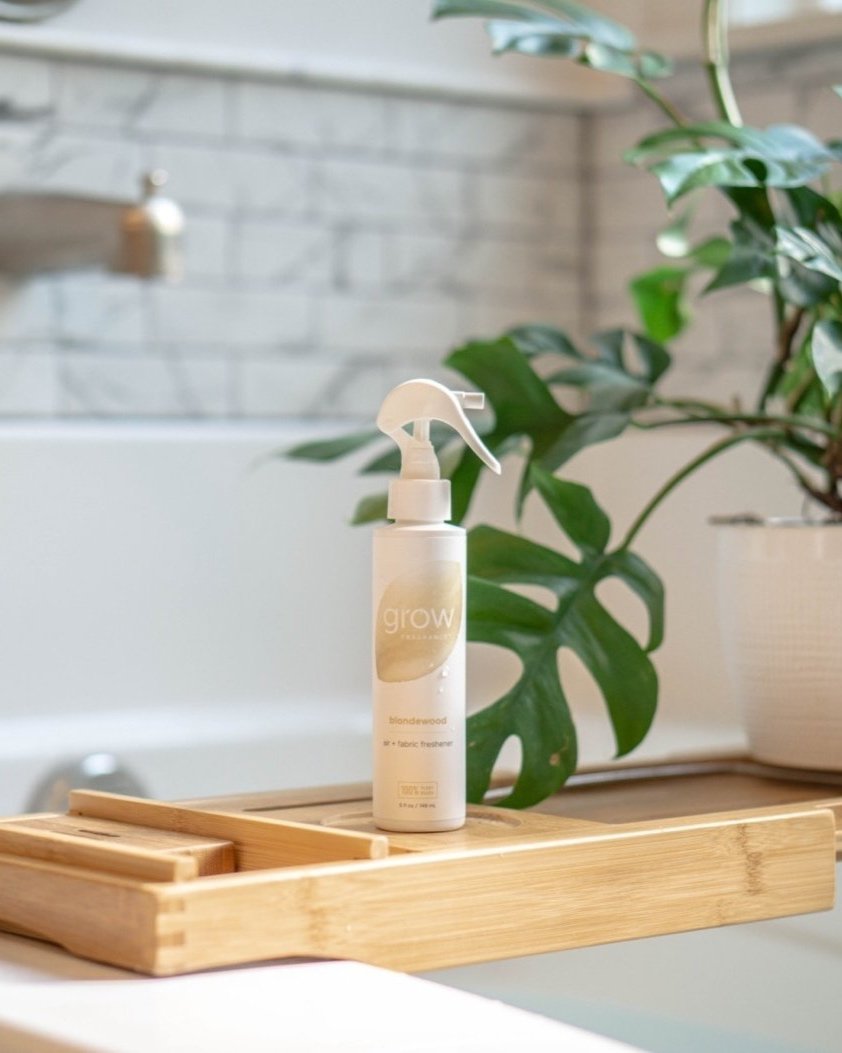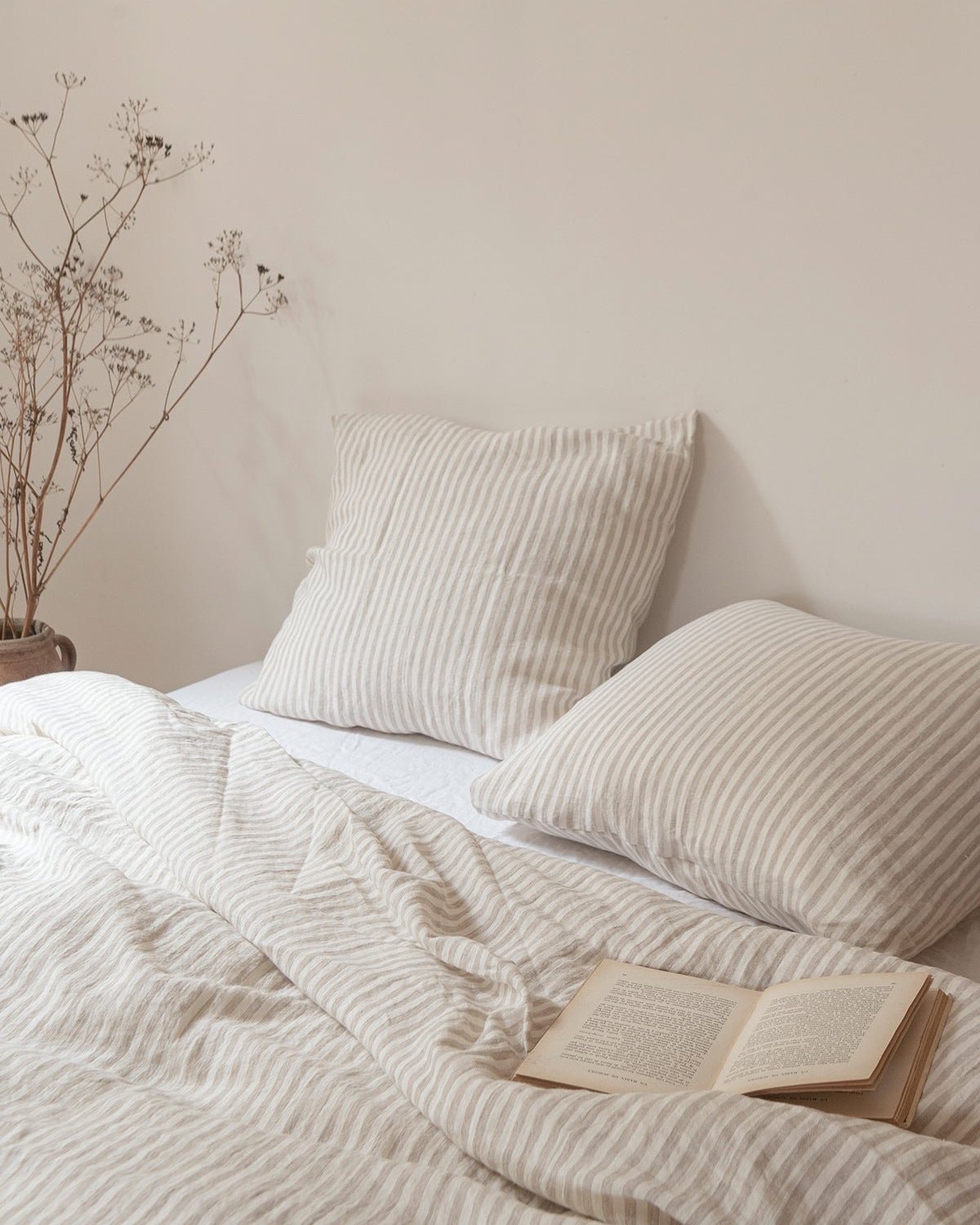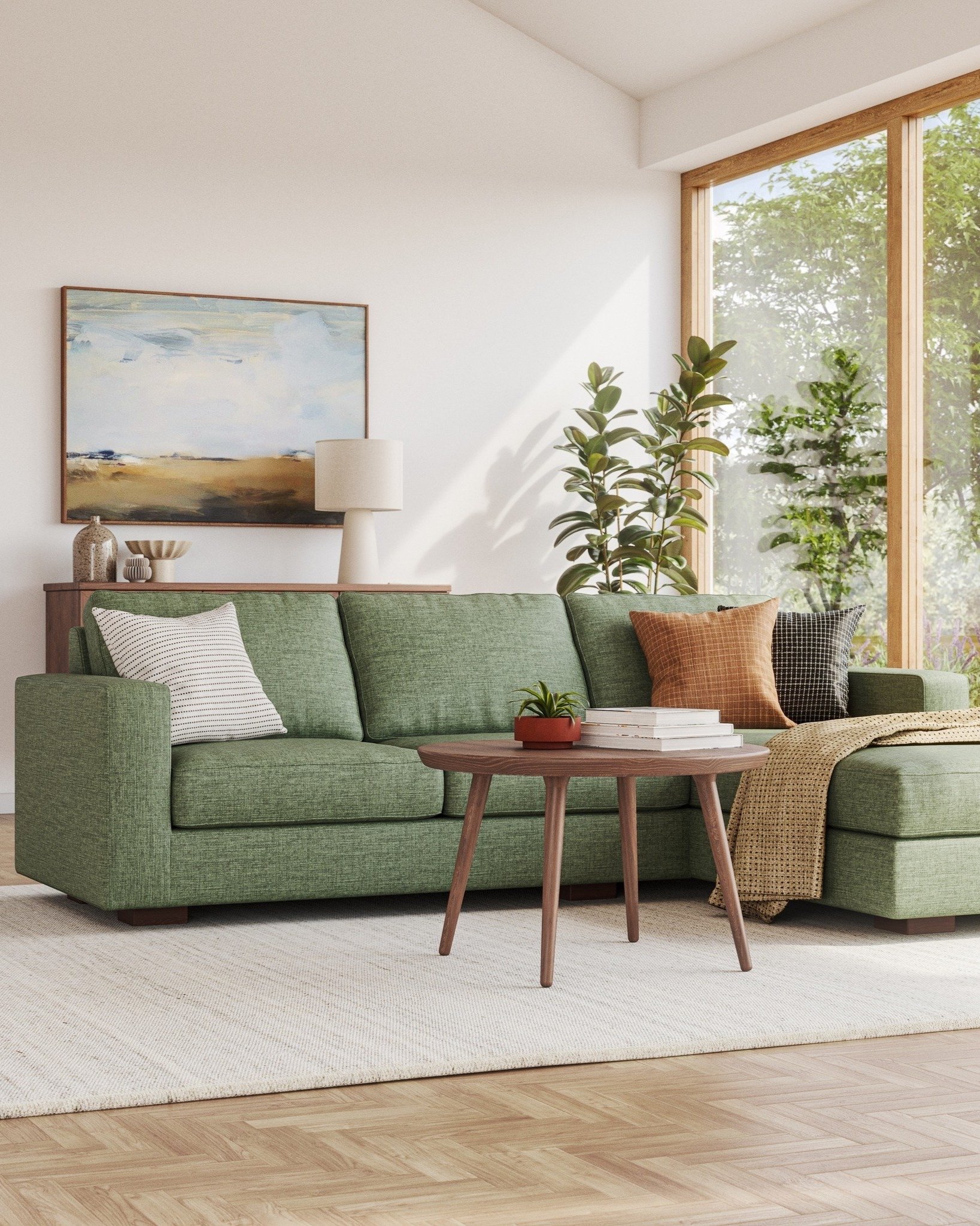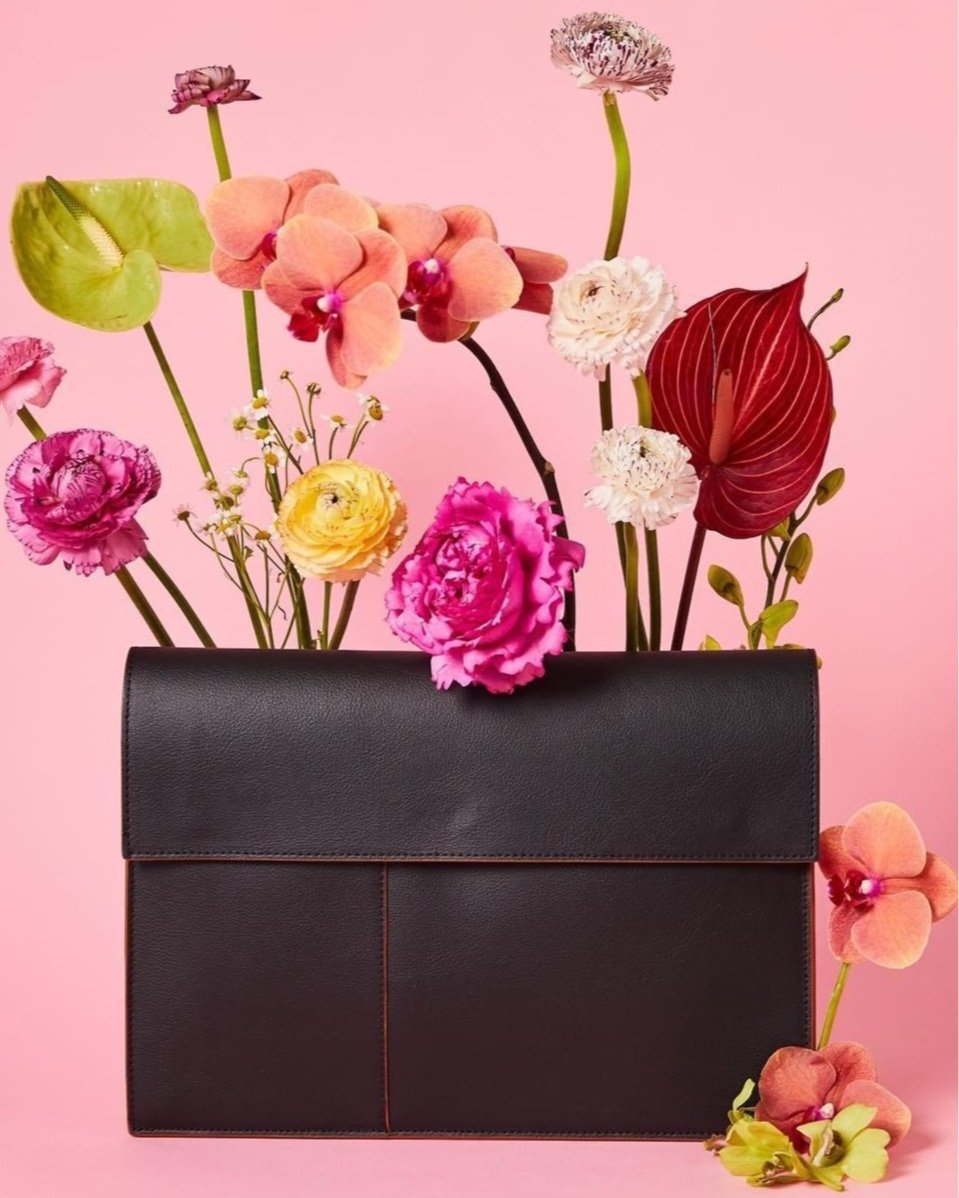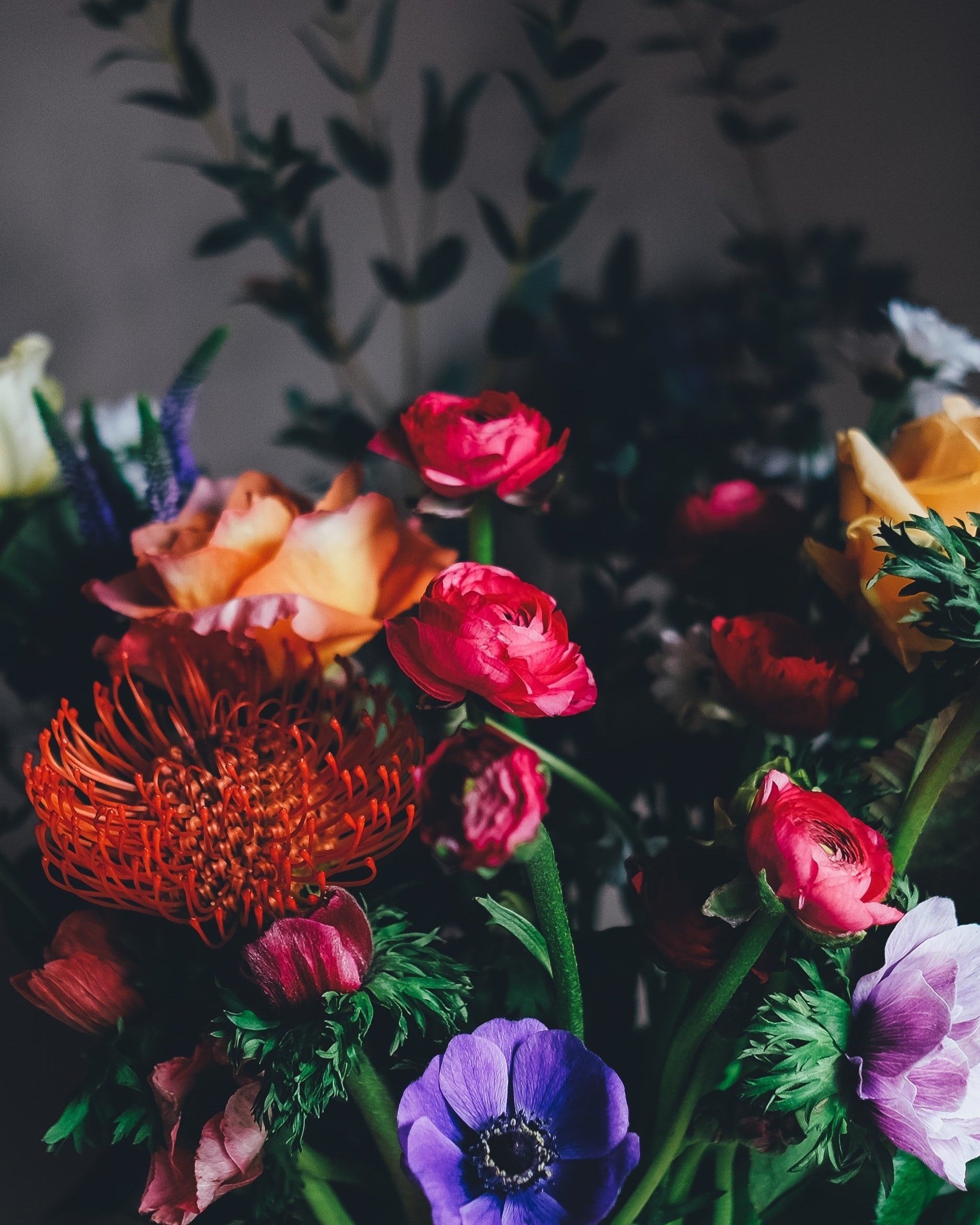Sustainable Packaging Materials You Need To Know
A Guide to Sustainable Packaging
Read on if you’ve been overwhelmed by the amount of plastic packaging you encounter in your day-to-day life - whether grocery shopping, ordering online, eating out, or just purchasing something in general.
I feel you. There’s a lot of plastic in the world. And while plastic isn’t inherently a bad material (it works wonders in the medical field where other materials simply wouldn’t be able to do what plastic does), the overproduction and overconsumption of plastics are out of hand. Plastic is a durable material that can withstand a lot of use and wear before actually breaking down, hence why it can be so helpful in certain instances. But it is NOT designed for single-use in the way our society currently abuses it.
Thankfully, with more and more research being done and with increased consumer pressure on corporations to take responsibility for the waste they create, inventive, plastic alternatives are emerging!
The Issue With Conventional Packaging & Why Sustainable Packaging Is Important
Ok, how many times have you googled “Is X recyclable”? I bet it’s a lot. And usually, answers from your search bar aren’t very straightforward. That can be for a couple of reasons.
First, recycling varies depending on where you live. I’ve lived in a handful of places across the U.S., and during my stint in Alabama, my city didn’t offer curbside recycling. Instead, I collected our recyclables and drove them to our town facility. And only plastics 1 and 2, cardboard, and aluminum were accepted. No glass. Now, I live in California. But even the county I grew up in (Orange County) and the county I now live in (Los Angeles County) have super different recycling rules.
Second, there’s a lot of misinformation about recycling in general. It’s hard to get to the bottom of what is and isn’t recyclable because the majority of recyclable materials aren’t getting recycled at all. Yeah, brace yourself for this stat if you don’t already know it. According to the EPA, 66% of discarded paper gets recycled, 27% of discarded glass, and only 8% of plastics. This article by Green Matters breaks it down by material, too. There are so many factors that go into the failure of the recycling system and so many people don’t even know about this issue. I highly recommend giving this article a read, which goes over causes as well as solutions.
As we continue to live during a climate crisis, there needs to be a level of awareness around alternative packaging, whether it’s non-plastic, reusable, or *actually* recyclable. Below are a few general options as well as a few brands working with packaging alternatives.
image: Funpak
The Best Eco-Friendly & Sustainable Packaging Alternatives
So let’s talk about plastic packaging alternatives:
Dissolvable Packing Peanuts
The purpose of packing peanuts is to crowd around an item in a box and protect all of the nooks and crannies while not adding much weight to the overall package. Unfortunately, they used to all be made out of polystyrene, a type of plastic used in products like Styrofoam. As we all know well by now, plastics take 5ever to decompose and almost always end up polluting our environment while they do so. Especially since packing peanuts are so lightweight, they easily fly out of trashcans and into our oceans.
That’s where these packing peanuts go from nuisance to nifty! In the 90s, after considerable negative feedback from consumers and environmental activists, companies began to turn away from plastics and toward starch. The biggest problem plastic peanuts encountered was polluting our environment and harming wildlife that mistook the pieces of foam for food. But the new and improved, plant-based peanuts are 100% biodegradable and won’t harm wildlife that happens upon a stray one every now and then (because most of them are disposed of at home!).
So how can I tell if I have the plastic version or the biodegradable goodies? A super-easy way to tell is to put a peanut in a glass of water. If it dissolves, you’re good! If not, you have a plastic peanut on your hands. Sometimes, the biodegradable version is tinted green (versus pink or white) to help you solve the question.
What do I do with plastic packing peanuts? These are pretty hard to recycle, and most facilities don’t recycle Styrofoam. You can try to google search to see if there is a facility near you that recycles Styrofoam, or you can get creative and reuse those peanuts. This post had some fun suggestions, like stuffing a bean bag or using them for arts and crafts!
image: Noissue
Compostable/Biodegradable Plastics
Ok, this seems like an oxymoron. Let’s chat about it. The first big thing to know: compostable and biodegradable are *not* the same thing. It’s similar to the “All squares are rectangles, but not all rectangles are squares” saying: “All compostable items are biodegradable, but not all biodegradable items are compostable.” Ha. Let’s dive deeper with the help of Google.
Compostable: “(of organic matter, especially kitchen waste) able to be made into compost.”
Biodegradable: “(of a substance or object) capable of being decomposed by bacteria or other living organisms.”
When applied to bioplastics, the thing to know is that compostable plastic can become soil-enriching compost. Unless the item is clearly labeled “backyard compostable,” however, most compostable plastic still needs to be broken down in a special facility. Some brands that use this material have send-back programs where they properly compost their bioplastic. As for biodegradable plastic, it does not break down into beneficial compost, but it does, in fact, break down, while standard plastics take up more space and never break down.
The world of bioplastics is a grey area. Some people in the sustainability community are all in on their support for bioplastics, while others say the material simply doesn’t cut it and actually just creates more of an issue with confusing packaging and marketing. I happen to ride that middle line because I truly believe that imperfect sustainability practiced by thousands of individuals and hundreds of companies is better than absolutely perfect sustainability practiced by the minority.
While this article is told from a European standpoint, it is still super informative on bioplastics and all their intricacies.
Refillable/Reusable Tins
We love a packaging option that is reusable! For one, it helps stretch out the item’s lifecycle *a ton*. Instead of getting the item and recycling it, throwing it away, or even returning it in a closed-loop program, a refillable or reusable item can be put to use in your life! This keeps it out of landfills for much longer.
These items can also have a ton of variety. In the reusable sense, some packaging items may come in glass that you can reuse as plant propagation vessels, food storage, or candles. Some items may come in tins, which are more lightweight and can be easily tossed in a purse to organize your on-the-go vitamins, hair accessories, or makeup.
For refillable items, whether glass, tin or even plastic, you just scored! Take your refillable items to your local refill or bulk store and load up. Shampoo, multi-purpose spray, spaghetti noodles, sunscreen, gluten-free flour - the list of what your refillable tins can be used for is basically endless!!
If the packaging item is part of a circular system, you may be able to ship back your container once empty and receive a refill in return. This method helps to eliminate the creation of *new* items and instead places importance on the items we already have and finds a way to utilize them properly.
Get creative with how packaging items can be given new life right in your home.
image: Noissue
Here are some companies thinking outside of the (plastic) box
Noissue
This brand is awesome because it is available to businesses of all sizes, which encourages your local mom & pop shop to take advantage of their sustainable practices. You can also choose which type of packaging works best for your business - compostable, recycled, or reusable. They have an entire breakdown of each option on their site here but let me give you the low down.
Compostable - to qualify as compostable, packaging must be able to break down in a backyard compost environment within 180 days. This usually leans toward paper and cardboard packaging, since compostable plastics need extra help to break down in a facility.
Recycled - while the recycling infrastructure in our country is shoddy, at best, it is *still* better than choosing virgin plastics. And the more we, as consumers, seek out post-consumer recycled materials, the more effort will be put into actually recycling plastics.
Reusable - think “I burned my candle down and now it’s a cute succulent pot”! Having your packaging double as something useful in your life not only makes it last longer but keeps it out of the landfill and being useful for longer, too.
You can learn more about Noissue on their site.
ErthCycle
To be blatantly transparent: I am currently in the process of launching this brand as the Marketing Director. But it’s seriously so cool that I couldn’t help but share it with you! ErthCycle is a brand new technology that creates fully biodegradable plastics that 1. Leave behind no microplastics, and 2. Use 20-40% less fossil fuels. Oh, and it biodegrades in a landfill environment, all on its own. I KNOW! This is possible due to the addition of two organic additives to each piece of plastic: calcium carbonate (limestone) and Eco-One™ technology. This power couple replaces the need for more plastic and then acts in tandem to degrade the packaging in a landfill environment at a super accelerated rate; where normal plastics take 500+ years, we’re looking at 3-5 years for full decomposition.
As I mentioned above, this material resides in the gray zone. There are pros and cons, but it is SUCH a better option than the plastic packaging we currently have. What makes ErthCycle so attractive to larger corporations (think Amazon, FedEx, Costco) is that it’s almost always cost-negative or -neutral, meaning these big businesses don’t have to dole out a crazy part of their budget for eco-friendly packaging. That can be a downside to options like compostable plastics.
You can learn more about ErthCycle on their site.
EcoEnclose
This brand has high standards and sticks to them religiously, even if that means the loss of customers that don’t align with its sustainability framework. Their big hitters are circularity, biodegradation, life cycle entirety, and deep-rooted sustainable practices. Let’s break it down for you.
Circularity - they’re super into post-consumer recycled content, especially domestic recycled materials. They provide packaging that is firstly reusable and secondly recyclable to help elongate the life cycle of that item.
Biodegradation - they really preach the avoidance of all plastics, propping up all paper and cardboard products that will biodegrade on their own without damaging our soils or oceans. This is great but a little idealistic.
Life Cycle Entirety - something that’s so important for packaging companies is to consider the item’s life cycle in its entirety, not just from creation to consumer. EcoEnclose considers their emissions the #1 thing they can curb to help climate change. They will choose packaging with lower emissions over many bioplastics, like corn-based PLA.
Deep-Rooted Sustainable Practices - the final portion of their framework focuses on parts of the packaging process that are often overlooked. For example, stickers, ink, and labels. They are also proud to choose domestic partners that align with their sustainability beliefs.
You can learn more about EcoEnclose on their site.
Do you feel slightly better about tackling your plastic packaging now? I hope so.
I’ll leave you with this awesome resource: How2Recycle. This is a super user-friendly site that has boat-loads of information about recycling. Their “Check Locally” tab is an easy way to learn more about recycling in your area. Also, explore their “Store Drop Off” tab to see if you can dispose of trickier items (plastic bags, plastic film, plastic pouches) nearby. Their site also has a “Labels” tab that breaks down the different recycling labels on all different types of products.
Now that you know go forth and reduce, reuse, repair, repurpose, reimagine, and recycle :)
About the Author:
Paige Annelayne is a freelance writer and digital media specialist currently based in Alabama, who loves to cook, learn about intersectional sustainability, and read a lot of books. Her cat, Gnocchi, her plants, and a good cup of matcha bring her joy. You can connect with Paige on Instagram @vitality.blog and at www.vtltyblog.com
MAKE SURE TO PIN THE PHOTO BELOW TO SAVE THIS POST FOR LATER!
WANT MORE SUSTAINABLE BRANDS? VISIT OUR BRAND DIRECTORY!
Our Brand Directory is home to hundreds of sustainable brands, from makeup to cleaning supplies, from underwear to shoes. We have broken everything down by category for easy shopping, along with discount codes unique to Sustainably Chic viewers.

